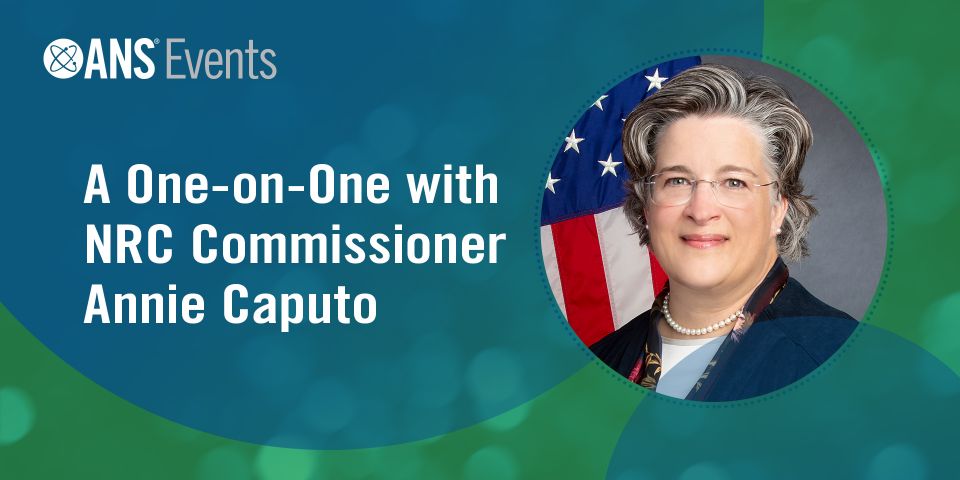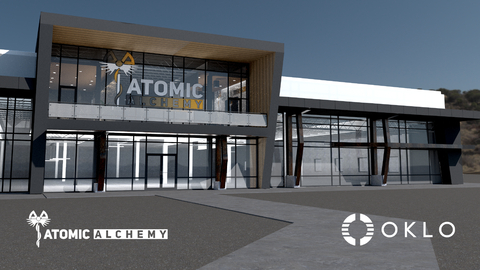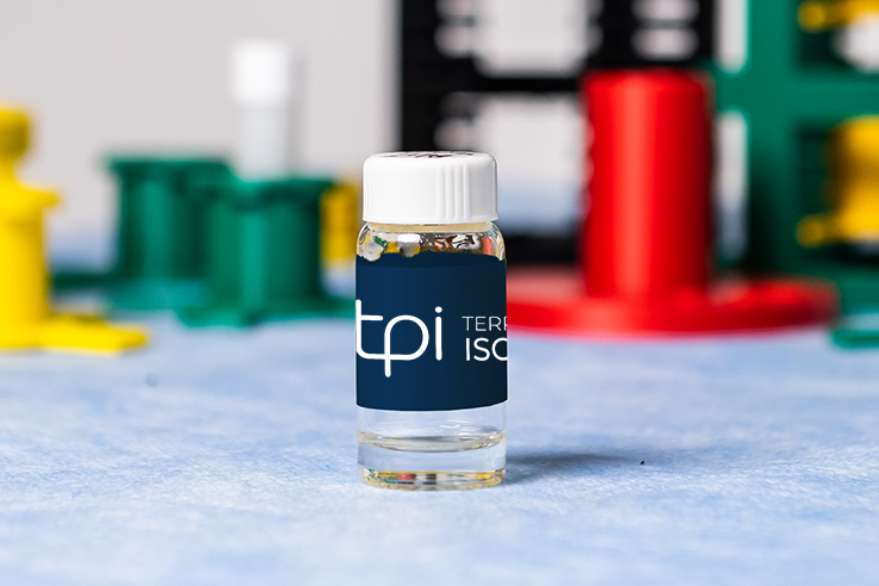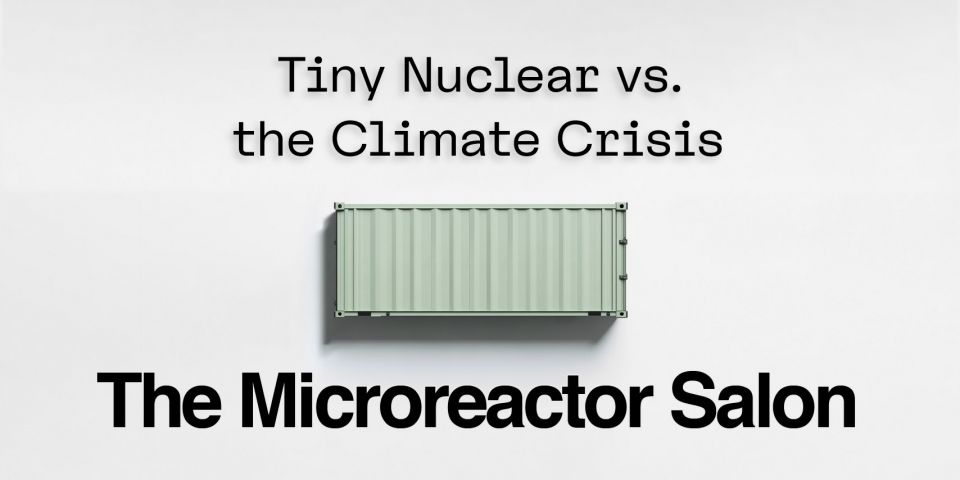Jeff King, professor of nuclear engineering and the director of the Mines Nuclear Science and Engineering Center at the Colorado School of Mines, served as moderator for the online event, delivering his remarks in front of a dramatic backdrop displaying a James Webb space telescope photo of the Carina Nebula.
King, who first got into the space nuclear community in 1997, observed that the field is experiencing “truly an exciting renaissance time” that he had not expected to see during his life. He noted that there are now multiple companies and various government agencies that are all interested in space nuclear technologies.
The panelists: The panel comprised representatives from a mix of startups, established companies, and national labs who provided a diverse set of perspectives on nuclear technologies in space—including partners of NASA’s fission source power project. The NASA FSP twelve-month contracts were awarded in June to Lockheed Martin (partnered with BWX Technologies and Creare), Westinghouse (partnered with Aerojet Rocketdyne), and IX (a joint venture of Intuitive Machines and X-energy, partnered with Maxar and Boeing).
First up was Alex Gilbert, a complex systems researcher and the director of space and planetary regulation at Zeno Power. He focused his comments on radioisotopes as the currently dominant space nuclear technology. He attributed the growing interest in developing space nuclear technologies to the rapid commercialization of space, which could soon “see exponential growth.”
Sebastian Corbisiero, senior technical advisor for advanced concepts at Idaho National Laboratory’s Nuclear Science and Technology Directorate, then discussed collaboration in fission reactor research between NASA and the Department of Energy, describing the roles that the Idaho, Los Alamos, and Oak Ridge national labs are playing in these efforts: “We want to collaborate with the industry to provide the reactor designs and eventually deploy the reactors in both of these missions” through such activities as contract administration, technology maturation, design option studies, and technical oversight.
Leading off the three FSP partners, Kate Kelly, director of space and emerging programs at BWXT Advanced Technologies, talked about her company’s multifaceted role in developing space nuclear technologies. She noted that over the past several years, there has been “re-emerging interest and investment by the government in fission for in-space power and propulsion,” including NASA’s interest in nuclear thermal and electric propulsion for human missions to the moon and Mars.
She was followed by Brad Rearden, director of the Government Research and Development Division at X-energy, who reviewed the product lines in the portfolio of his company, which was established in 2009. He noted that X-energy’s flagship product is the Xe-100 Generation-IV reactor, and their other products include the Xe-Mobile microreactor, TRISO-X fuel, and various space applications. According to Rearden, X-energy is “the only joint venture that is a nuclear reactor and a lunar lander company together. We feel that we are best positioned to deliver the fission surface power capabilities as an integrated mission for NASA in the coming years.”
Finally, Michael Anness, director of fuel innovation at Westinghouse Electric Company, presented an overview of Westinghouse’s reactor designs. He called the company’s eVinci microreactor “the single largest development program at Westinghouse today,” noting that there are “a lot of resources maturing that reactor design for terrestrial purposes.”
The panelists were all in agreement about how exciting it is to be a part of the innovation and growth happening right now in space nuclear. As Kelly said, “It’s an exciting time for advanced nuclear, not just in space but on Earth.”
ANS events and recordings: To hear all the comments and insights of the panelists, visit the ANS website for a recording of this panel discussion, which is available to all members. Other upcoming and recorded virtual events and meetings are also available online.









